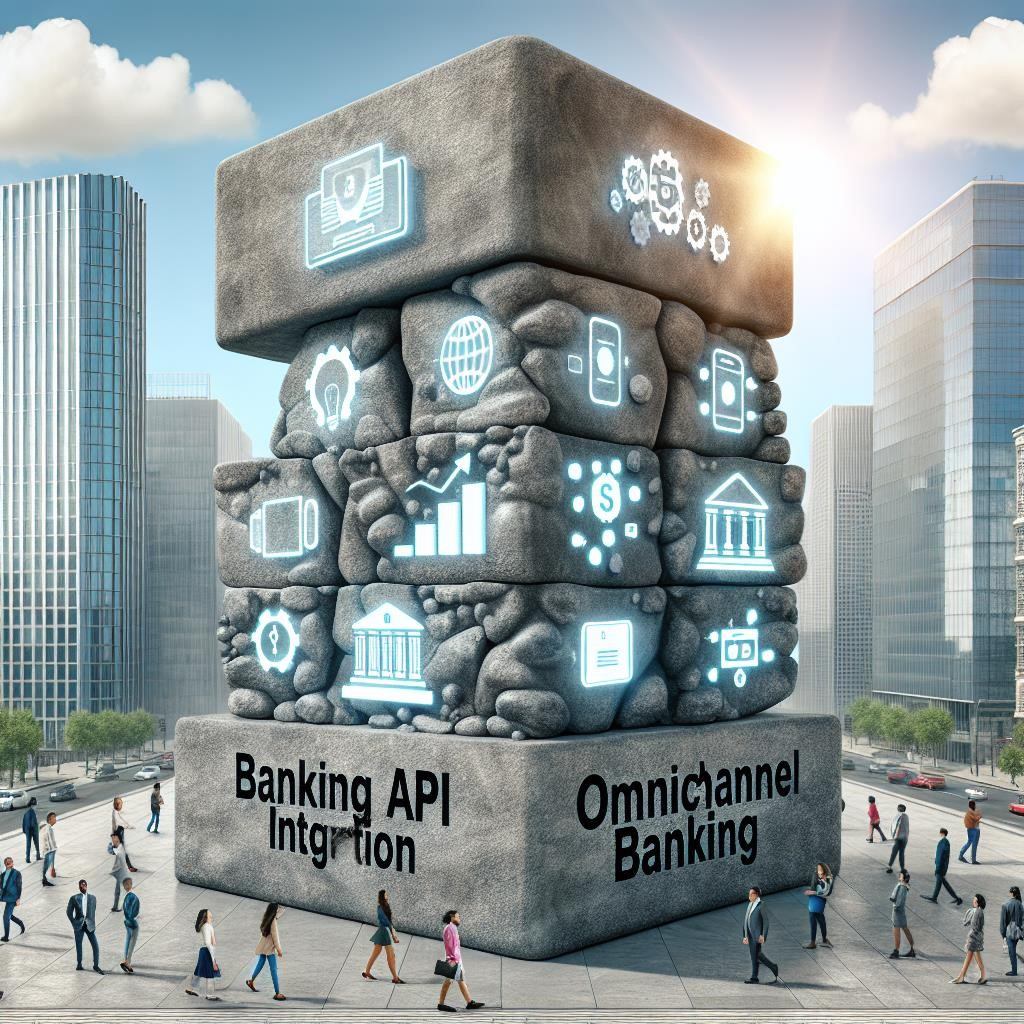In the evolving landscape of financial services, banking API integration has become essential for delivering seamless and efficient customer experiences. As customers increasingly expect to interact with their banks through various channels, the need for omnichannel banking solutions has never been more critical.
The Rise of Omnichannel Banking
Omnichannel banking refers to a unified customer experience across all banking channels, including mobile apps, websites, ATMs, and in-branch services. This approach ensures that customers can interact with their bank in a consistent manner, regardless of the platform they choose.
Key Components of Omnichannel Banking
- Mobile Banking: The increasing use of smartphones has made mobile banking a primary channel for many customers. Banks must offer robust mobile applications that provide full functionality.
- API Integration: APIs (Application Programming Interfaces) facilitate the connection between different banking systems and platforms, allowing for real-time data sharing and communication.
- Data Synchronization: A critical aspect of omnichannel banking is the ability to synchronize data across all channels, ensuring that customer information is up-to-date and accessible.
The Role of Banking APIs
Banking APIs play a pivotal role in enabling omnichannel banking strategies. They allow banks to integrate third-party services and applications, enhancing the overall customer experience. Here are some benefits of banking API integration:
- Enhanced Customer Experience: APIs enable personalized services by allowing banks to gather and analyze customer data, providing tailored solutions.
- Increased Efficiency: Automation through API integration reduces manual processes, leading to faster transaction times and improved operational efficiency.
- Innovation and Flexibility: Banks can rapidly deploy new features and services through APIs, keeping pace with customer expectations and market trends.
Mobile Banking Infrastructure
To support omnichannel banking, a robust mobile banking infrastructure is essential. This infrastructure must be scalable, secure, and capable of handling high volumes of transactions. Key elements include:
- Cloud Computing: Utilizing cloud services enables banks to scale resources as needed and offers flexibility in managing data.
- Security Protocols: Implementing strong security measures, such as encryption and multi-factor authentication, is critical to protect customer data.
- Responsive Design: Mobile applications should be designed for various devices and screen sizes to ensure an optimal user experience.
As the banking industry continues to transform, the integration of APIs into banking systems is crucial for achieving effective omnichannel banking. By investing in mobile banking infrastructure and leveraging the power of APIs, banks can provide exceptional customer experiences, drive innovation, and remain competitive in a rapidly changing market.





